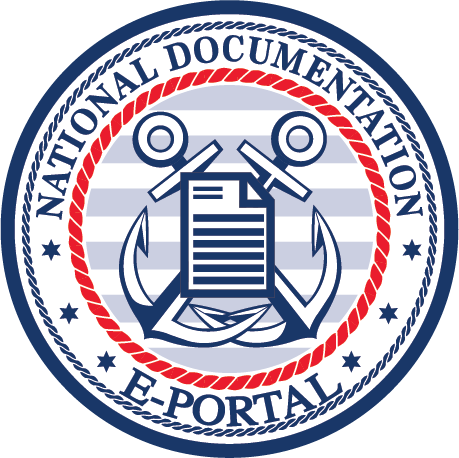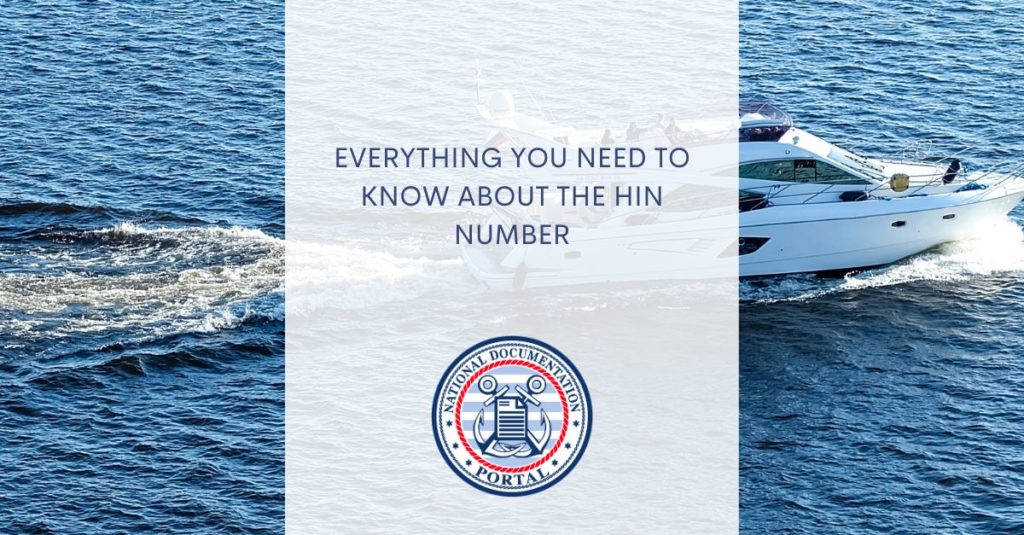Your boat’s HIN number, or hull identification number is pretty important. It’s much like the VIN, or vehicle identification number for your car, truck, or SUV. The HIN is usually 12 to 14 digits and identifies your boat.
Vessels that have been manufactured before 1973 are exempt from having a hull identification number. A prefix of “USZ” indicates a number issued by the U.S. Coast Guard, while a prefix of “Z” are those issued by a specific state. Use this article for everything you need to know about the HIN and how it’s used.
Where is the HIN Located?
If the boat’s documentation is issued by the U.S. Coast Guard, you will find the hull identification number on the top portion of the Certificate of Documentation, near the box that denotes the official number of the watercraft. Every boat hull is required to visibly display two HIN numbers.
On pontoon boats that feature a replaceable hull, the HIN is located on the aft crossbeam, typically within one foot of the starboard hull attachment. You’ll find the HIN on the starboard side of a transom boat, usually on a plate that’s made of either plastic or metal. If there’s no transom, look for the hull identification number on the hull or aft, approximately one foot from the stern on the starboard outside. It’s usually about two inches of the hull side, the deck/hull joint, or gunwale, based on which of these portions is the lowest.
Displaying the HIN Number
The primary hull identification number should be present in each of the locations listed above, based on the type of watercraft you have. If rails, boat components, or accessories block the visibility of the HIN, place it as near as possible to the specified location so that it can be easily seen.
A second HIN number must be displayed somewhere on the interior of the boat in a location that is unexposed. That might be beneath hardware or some type of fitting on the inside of the vessel. In both locations, the HIN must be permanent so that any alterations to it would be readily visible. Options include burning, carving, stamping, embossing, molding, or bonding the number in its specified location.
If the HIN is on a plate of some kind, that plate must be permanently attached to its location on the boat. It must also be attached in a way that removal would leave obvious signs. The HIN cannot be present on any part of the boat that is removable and the characters must be at least a ¼-inch tall.
Proper documentation for your boat is important for many reasons. It ensures that your vessel is legal to own and operate. Papers are also necessary if you ever decide to sell the boat. If you build a boat yourself, you will need to register for a HIN with the U.S. Coast Guard. In any case, having a HIN number is part of being a responsible boat owner. The National Documentation Portal is here to help with all of your watercraft documentation needs. Contact us today and we can get the paperwork started for your boat.


